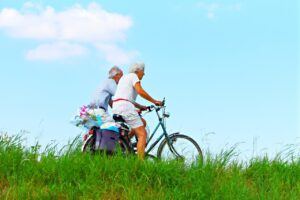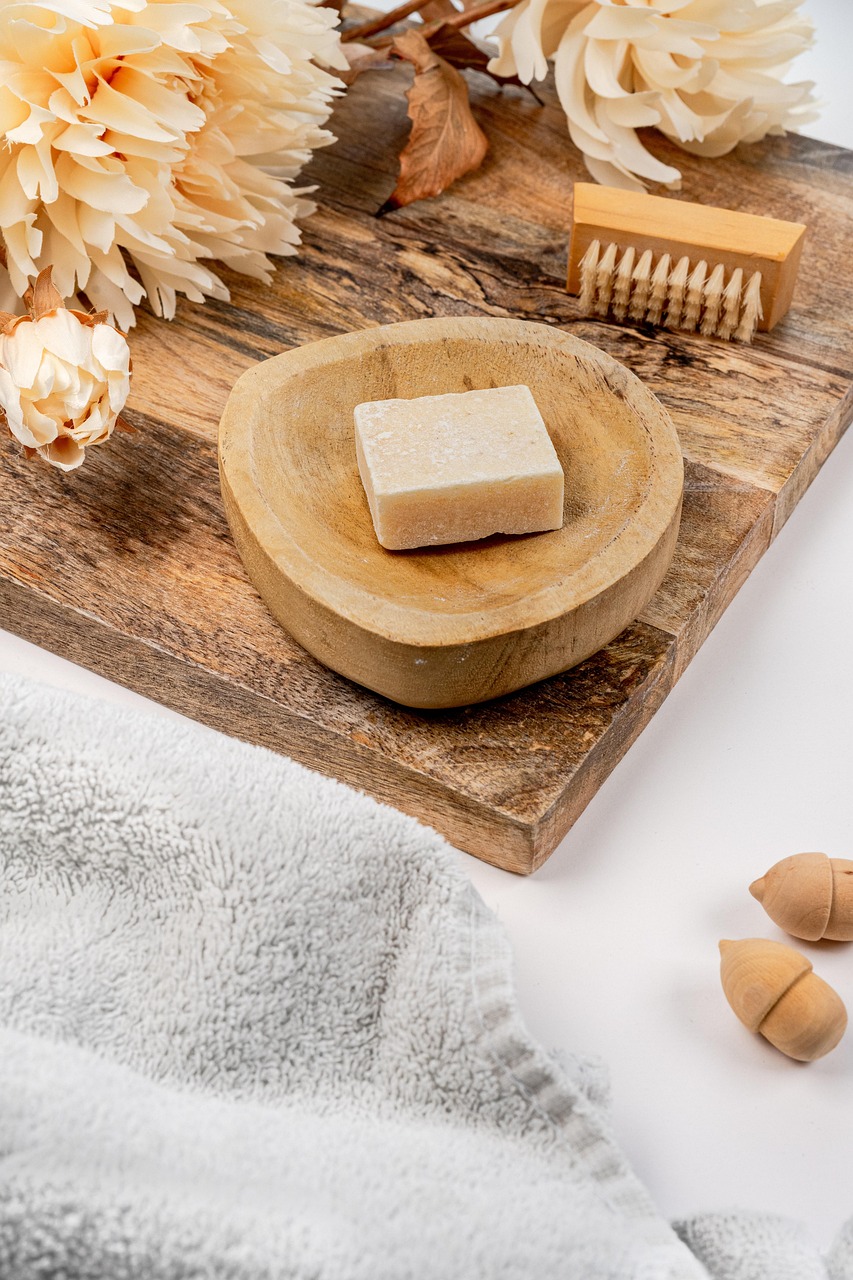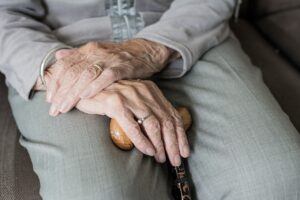Keep Your Body Moving.
Encouraging elderly people to exercise and get their body moving is essential for their physical and mental well-being. As people age, they may become less active due to health issues, fear of injury, or lack of motivation. However, regular physical activity can improve their mobility, strength, and overall quality of life. The key to encouraging them is to make exercise accessible, enjoyable, and suited to their individual needs.
Understanding Their Needs and Limitations.
Before suggesting an exercise routine, it’s important to understand their physical condition, medical history, and mobility limitations. Some elderly individuals may have arthritis, osteoporosis, or cardiovascular concerns, which means they need tailored workouts. Consulting a healthcare professional or physiotherapist can help create a safe and effective exercise plan. Also, addressing their fears – such as falling or overexertion – can boost their confidence and willingness to participate.
Making Exercise Social and Fun.
One of the best ways to encourage older adults to exercise is by making it a social activity. Group exercises, such as walking clubs, dance classes, or water aerobics, can provide motivation and a sense of community. Exercising with friends or family members makes it more enjoyable and helps combat loneliness. Online fitness classes tailored for seniors can also be an option for those who prefer to stay home.
Starting Small and Building Consistently.
For many elderly individuals, the idea of intense exercise can be intimidating. It’s important to start small, with gentle movements such as stretching, chair exercises, or short walks. Gradually increasing the duration and intensity helps them build strength and confidence. Encouraging consistency, rather than intensity, ensures they stay active without feeling overwhelmed. Setting achievable goals, like walking for 10 minutes a day, can keep them motivated.
Providing the Right Equipment and Environment.
Creating a safe and comfortable exercise environment is crucial. Non-slip shoes, walking aids, and proper workout gear can prevent injuries and make them feel more secure. If exercising at home, clearing spaces of clutter and ensuring good lighting can help reduce the risk of falls. In community centers or gyms, providing elderly-friendly equipment and trained instructors can make the experience more enjoyable.
Encouraging a Positive Mindset and Celebrating Progress.
Many older adults may feel discouraged or believe they are too old to start exercising. Encouraging a positive mindset by focusing on the benefits – such as improved mobility, reduced pain, and better mood – can help shift their perspective. Celebrating small achievements, whether it’s compelling a week of regular walking or improving flexibility, reinforces their progress and builds motivation.
Incorporating Everyday Activities as Exercise.
For those who resist structured workouts, integrating physical activity into daily routines can be a great alternative. Gardening, light housework, or dancing to music can keep them active without feeling like they’re “exercising”. Encouraging simple habits, like taking the stairs or walking around the house during phone calls, can make a significant difference in their overall activity levels.
The key to helping elderly people exercise is patience, encouragement, and making it an enjoyable experience. By addressing their needs, creating a supportive environment, and focusing on small wins, they are more likely to embrace an active lifestyle that benefits their health and well-being.



